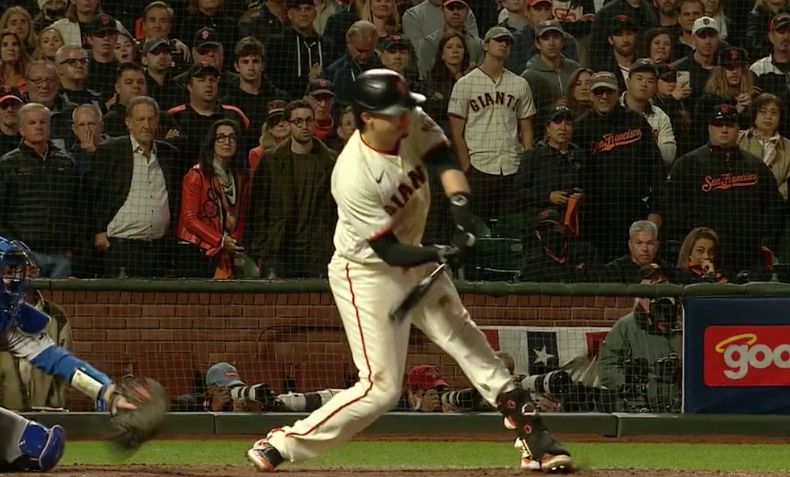Astros Outlast Red Sox to Open ALCS
The Dutch historian and children’s author Hendrik Willem van Loon had an enjoyable definition of eternity. Every thousand years, he said, a bird comes to sharpen its beak on a hundred-mile-high, hundred-mile-wide rock. When the rock has been worn away by the bird’s beak, one day of eternity will have passed.
Personally, I think he could have just used the pitches in tonight’s Astros-Red Sox game to count eternity. Two of the best, grindiest offenses in baseball faced off against two starters who scuffled with control, and the result was a ponderous affair that lasted more than four hours and tested the nerves and patience of fans on both sides.
The Red Sox set the tone with a disciplined, persistent attack. After a leadoff single was erased by a double play, they wore Framber Valdez down, beak-sharpening peck by peck. A walk put a runner back on first. A flare over the shift added another runner before a walk loaded the bases. Hunter Renfroe flew out to end the threat, but the Red Sox had Valdez’s number. They hardly swung at bad pitches and rarely missed when they did swing. Read the rest of this entry »


